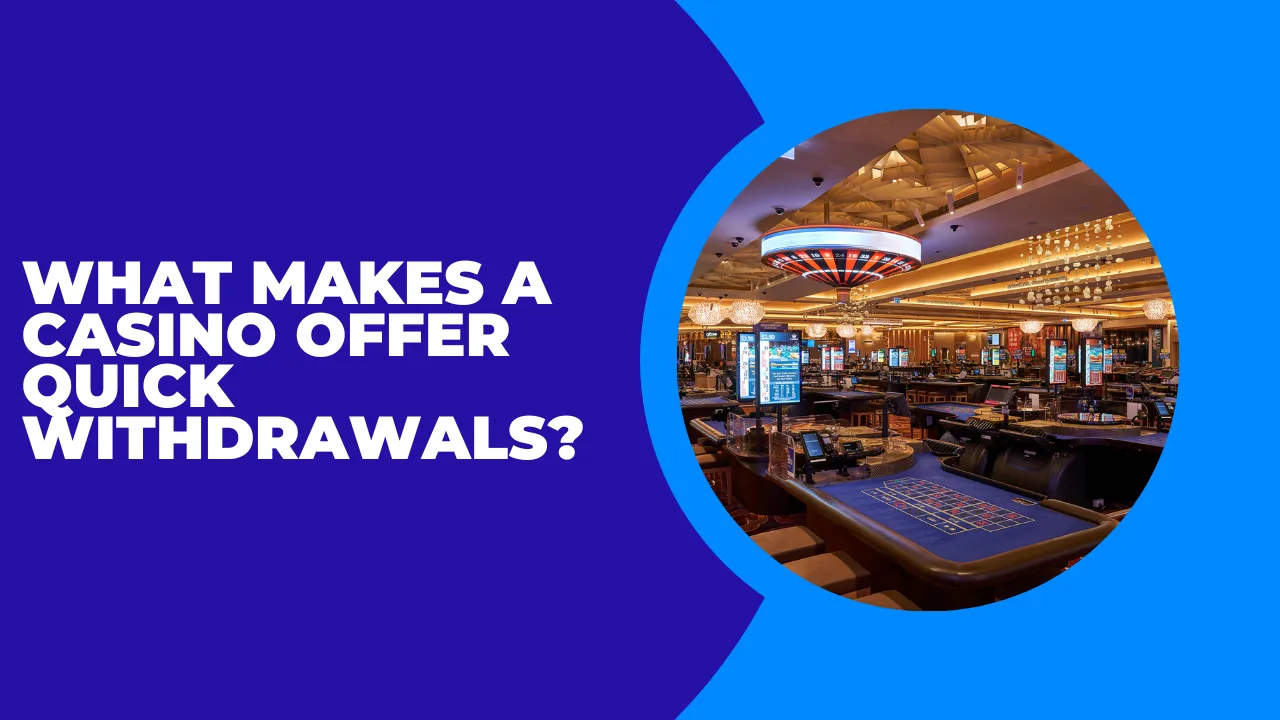Casinos have always been places of contrast. On one hand, you’ll find buzzing slot machines and crowded blackjack tables filled with casual players trying their luck. On the other, tucked away behind velvet ropes or hidden behind closed doors, are exclusive spaces reserved for those who gamble big—the high-roller rooms.
These rooms are often romanticized in movies, with images of wealthy gamblers casually tossing around chips worth more than the average person’s monthly salary. But how do high-roller rooms actually differ from the main casino floor, and what makes them so appealing to certain players? Having spent time studying casino culture and talking to both regular players and industry professionals, I’ve seen firsthand what separates these two worlds.
The Atmosphere: Exclusivity vs. Energy
The first noticeable difference is the atmosphere. Regular casino floors are designed to be vibrant, noisy, and stimulating. The flashing lights, ringing slot machines, and chatter of hundreds of players create an energetic environment. It’s fun, but it can also be overwhelming.
High-roller rooms, by contrast, are designed for privacy and calm. The décor is often more elegant, with plush seating, soft lighting, and personalized service. Instead of hundreds of players jostling for space, there may only be a handful of guests in the room at any given time. The idea is to create an environment where high-stakes players can focus without distraction. This exclusivity also adds to the sense of prestige—playing in these rooms signals that you’re part of an elite group of gamblers.
Betting Limits and Stakes
Perhaps the most obvious difference lies in the stakes. On a regular casino floor, table minimums are usually set to be accessible. You might find $10 blackjack tables, $5 roulette spins, or penny slots. These low-to-moderate stakes attract a broad mix of players who want entertainment without risking too much.
High-roller rooms, however, operate in a completely different league. Minimum bets can be hundreds or even thousands per hand, with maximums soaring into six figures. These limits appeal to wealthy players who thrive on the adrenaline of risking and potentially winning large sums. The contrast between casual play and these high-stakes games highlights just how diverse gambling experiences can be.
It’s worth noting that the appeal of high-stakes play also extends to online platforms. Just as brick-and-mortar casinos separate high-roller rooms from the main floor, online operators increasingly cater to niche audiences. For instance, betting sites not on gamstop often target players who want greater freedom, offering higher limits and fewer restrictions than mainstream UK-licensed sites. Both offline and online, the key factor is giving serious players an environment that matches their appetite for risk.
The Role of Personal Service
Another defining feature of high-roller rooms is the service level. On the main casino floor, staff are attentive but stretched thin across dozens of tables and machines. In high-roller rooms, service is far more personalized. Dealers often know players by name, cocktail service is swift and tailored, and hosts are assigned specifically to handle the needs of VIP guests.
These hosts are not just customer service staff—they’re relationship managers. They arrange luxury perks like hotel suites, private jets, fine dining, and even exclusive event invitations. This level of care ensures that high-rollers feel valued and incentivized to return.
Privacy and Security
Privacy is another major difference. Regular casino floors are bustling public spaces where anyone can walk by your table. For high-rollers, anonymity and discretion are often part of the package. These rooms are usually secluded, sometimes requiring keycard access, and staff are trained to maintain confidentiality.
Security is also tighter in high-stakes areas. When the sums of money involved are this significant, both the casino and the players expect additional safeguards, from discreet surveillance to more attentive floor staff.
The Psychological Experience
Playing in a high-roller room feels dramatically different psychologically. On the regular floor, wins and losses tend to be smaller, and the focus is largely on entertainment. In high-roller spaces, every hand or spin can mean life-changing sums of money.
This heightened intensity appeals to certain personalities. For some, it’s about testing their skill under pressure. For others, it’s about the thrill of risk itself. The psychological rush of winning—or losing—hundreds of thousands in a single evening is unlike anything a regular floor can offer.
Why Casinos Invest in High-Roller Rooms
Casinos invest heavily in these exclusive spaces because high-rollers can represent a significant portion of their revenue. A single wealthy gambler might wager as much in a night as hundreds of casual players combined. Offering luxury treatment, then, isn’t just generosity—it’s good business.
High-roller rooms are essentially relationship-building tools. By creating an environment where wealthy players feel comfortable and respected, casinos increase their chances of long-term loyalty. That loyalty can be worth millions over time.
Final Thoughts
High-roller rooms and regular casino floors are worlds apart in terms of atmosphere, stakes, service, and psychology. While the regular floor is about accessibility and entertainment, the high-roller room is about exclusivity, prestige, and intensity.
For most players, the main casino floor offers plenty of excitement. But for those with the means—and the appetite for risk—the allure of a private, high-stakes environment is undeniable. Whether offline in a luxury casino or online through specialized platforms, the principle remains the same: casinos cater differently to casual players and high-rollers, each creating an experience tailored to their audience.







